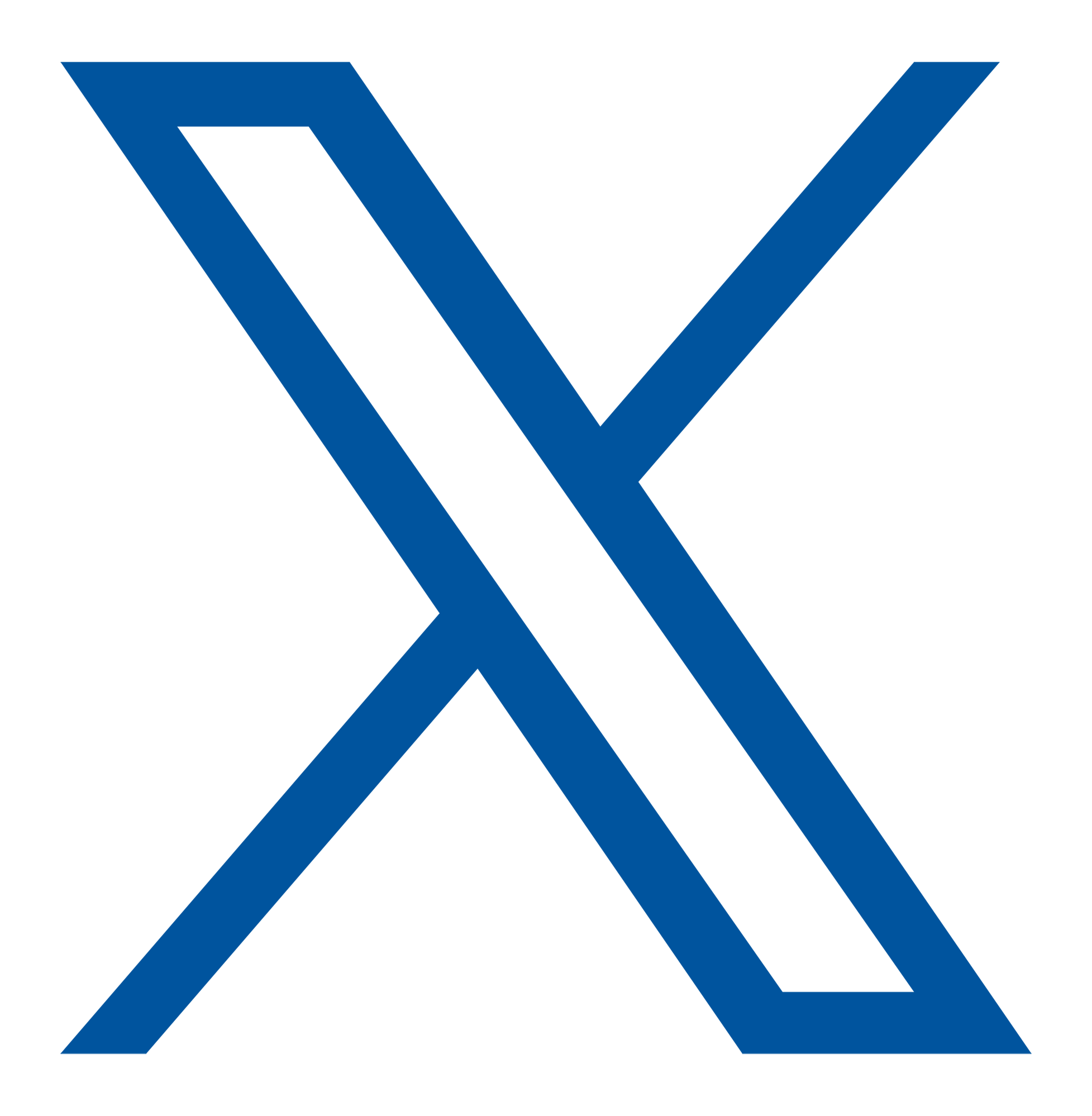There is no understating Bob Guevara’s contributions to AAIS and the Inland Marine insurance community: He transformed thinking about inland marine risks, raising awareness with regulators and creating new rating paradigms and valuable tools and resources for AAIS Member insurers. As he looks forward to retiring after 29 years, and transitions to a consulting role, continuing to support AAIS, Bob spoke with AAIS Views.
Let’s start at the beginning. What first drew you to the insurance industry?
Bob Guevara: When I graduated from college in the 1970s the country was coming out of a recession. There was a lot of instability out there. I wanted to join an industry that would be very stable for the long haul, which led me to insurance. I’ve been in the business ever since – 15 years of inland marine underwriting and 29 at AAIS.
How did you first come to AAIS?
BG: I had been at CNA for five years and was just beginning to think about what I was going to do next when a recruiter called with an opportunity at AAIS. I thought about it a bit … I could continue to head up the inland marine unit at CNA or, as I looked at it, I could go out and do similar work analyzing marine risks and policy wordings for many insurers. I choose the path where I felt I could have a broader impact, which was at AAIS.
How has the inland marine marketplace evolved during your tenure at AAIS?
BG: Inland marine insurance, in many ways, is its own animal. It’s not predisposed to be regulated according to pre-set rating procedures that work for other lines of insurance. This is something that we at AAIS were talking about back when I was first here in 1993.
When I first came to AAIS, the inland marine industry was on the cusp of change. Traditionally, insurance carriers did not file forms with regulators for traditional non-filed inland marine classes. Around the time I came to AAIS things began to change. California was the first state that began requiring filing of inland marine forms, and it has evolved over the years to become a patchwork of states requiring filings. The issue, however, has never been the forms but the rating of inland marine risks. The rating needs to be flexible to accurately accommodate the wide range of risks that can be covered under an inland marine policy. It’s not like other lines that you can really put a box around.
How did you solve this problem?
BG: Working closely with the regulatory community, we have been able to get rate ranges approved for inland marine exposures. We developed information and guidelines that provide a range of rates that align with various risk classes and address the unique challenges of inland marine risks.
That sounds quite revolutionary! What are some of the other notable achievements you’ve had at AAIS?
BG: I’m pleased with the value our Members have gotten from both the AAIS Inland Marine Guide and the Commercial Output Program we developed for our Members. Both were great team efforts by our marine group. My colleague, Sheila Morris, in particular, has been invaluable in getting these materials into our Members’ hands and keeping them current, organized and accessible to our Members.
Can you tell us about your involvement with the Inland Marine Underwriting Association?
BG: The IMUA is a great organization, one I’ve been active with during my entire tenure at AAIS. They have been an excellent partner to our Members. Their annual meetings are always excellent venues for meetings with Members and for discussion of key issues facing our industry.
We’ve collaborated with IMUA to raise awareness of key issues, particularly around regulatory and rating issues, and on training and education. In the beginning I worked with them at the regional level, in the Chicago area. Later I served on their National Natural Disaster Committee and Legislative and Regulatory Affairs Committee.
You have a unique perspective of AAIS, spanning nearly 30 years. How would you say the organization has changed during your tenure?
BG: It’s changed so much, it’s hard to even capture! When I began at AAIS, we did not have have a single actuary on staff. Today, we have nine professionals dedicated to Actuarial Services. Early in my career, an IT manager didn’t switch to Windows because he thought it was just a fad. Today, AAIS is at the forefront laying the foundation for our industry’s use of blockchain technology with openIDL.
We are a truly modern advisory organization, providing traditional advisory programs that are steeped in industry expertise, enabling technology, and services that provide efficiency and deliver speed to market for our Members. We are an extremely fast-moving, collaborative and Member-focused organization–a great environment to work, whether you are just starting out in the industry or have decades of expertise. I could not have asked to spend my career at a better organization or with a better team of people.


